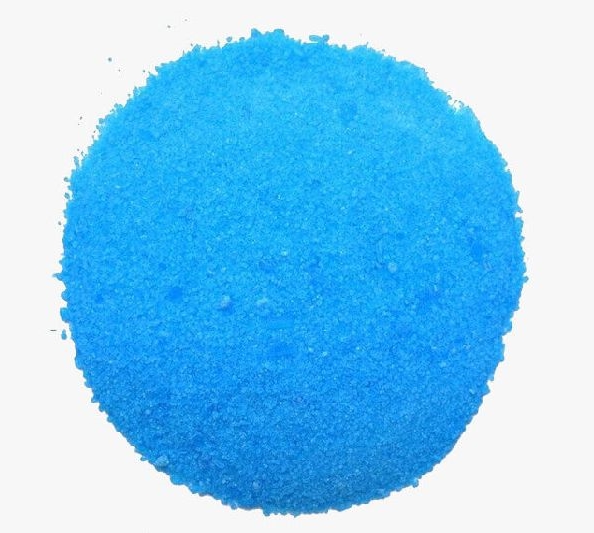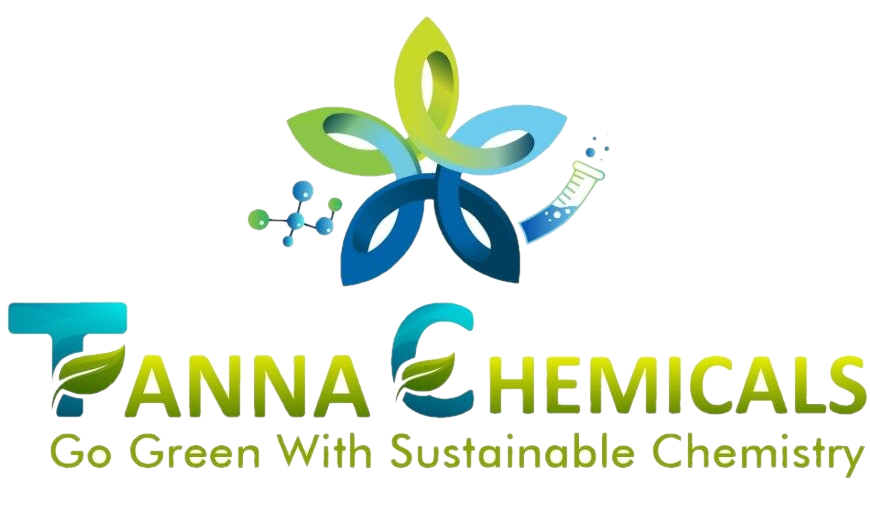
Copper Sulphate Pentahydrate (Powder)
The bright blue pentahydrate CuSO4·5H2O is the most commonly encountered form of copper(II) sulfate. It exothermically dissolves in water to give the aquo complex [Cu(H2O)6]2+, which has octahedral molecular geometry. The structure of the solid pentahydrate reveals a polymeric structure wherein copper is again octahedral but bound to four water ligands. The Cu(II)(H2O)4 centers are interconnected by sulfate anions to form chains. Anhydrous copper sulfate is a light grey powder. Copper sulfate is commonly included in teenager chemistry sets. It is often used to grow crystals in schools and in copper plating experiments, despite its toxicity. Copper sulfate is often used to demonstrate an exothermic reaction, in which steel wool or magnesium ribbon is placed in an aqueous solution of CuSO4. It is used to demonstrate the principle of mineral hydration. The pentahydrate form, which is blue, is heated, turning the copper sulfate into the anhydrous form which is white, while the water that was present in the pentahydrate form evaporates. When water is then added to the anhydrous compound, it turns back into the pentahydrate form, regaining its blue color, and is known as blue vitriol or cupric sulphate. Copper(II) sulfate pentahydrate can easily be produced by crystallization from solution as copper(II) sulfate, which is hygroscopic. In an illustration of a "single metal replacement reaction", iron is submerged in a solution of copper sulfate. Iron reacts producing iron(II) sulfate and copper precipitates. Copper sulfate pentahydrate is used as a fungicide. However, some fungi are capable of adapting to elevated levels of copper ions. Bordeaux mixture, a suspension of copper(II) sulfate (CuSO4) and calcium hydroxide (Ca(OH)2), is used to control fungus on grapes, melons, and other berries. It is produced by mixing a water solution of copper sulfate and a suspension of slaked lime. Cheshunt compound, a commercial mixture of copper sulfate and ammonium carbonate (discontinued), is used in horticulture to prevent damping off in seedlings. As a non-agricultural herbicide, is it used to control invasive aquatic plants and the roots of plants situated near water pipes. It is used in swimming pools as an algicide. A dilute solution of copper sulfate is used to treat aquarium fishes for parasitic infections, and is also used to remove snails from aquariums and zebra mussels from water pipes. Copper ions are highly toxic to fish, however. Most species of algae can be controlled with very low concentrations of copper sulfate.



 © 2022-2024. All Rights Reserved.
© 2022-2024. All Rights Reserved.